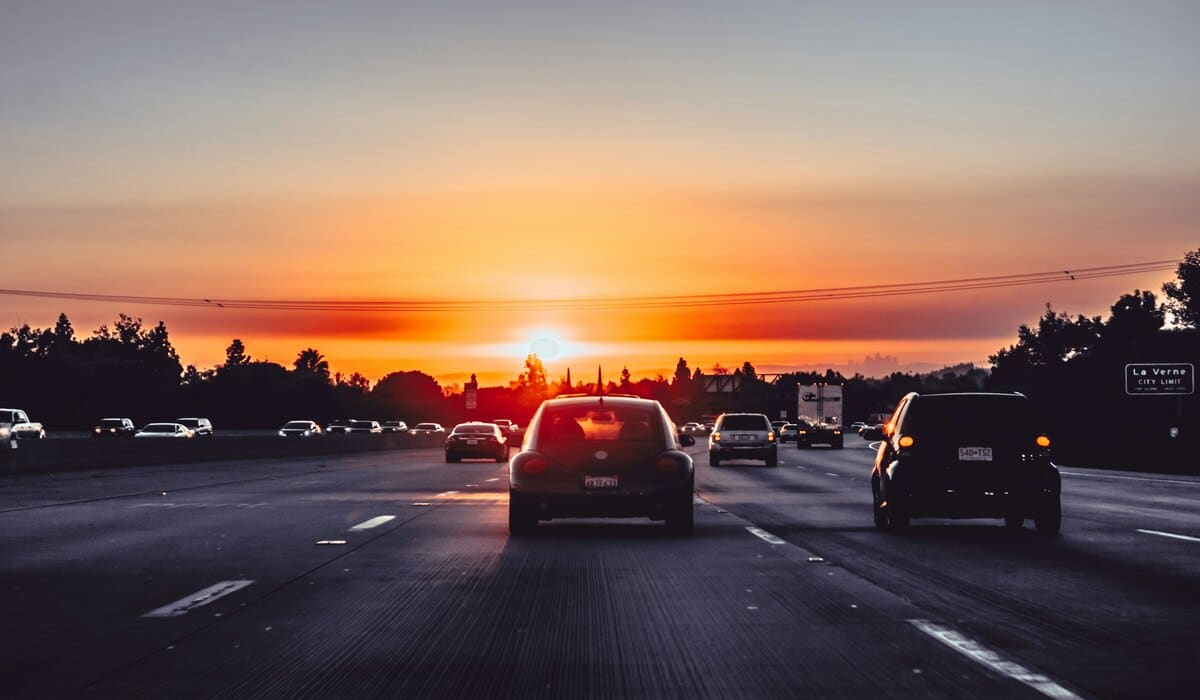Table of Contents
Driving in Austin, Texas, can be an enjoyable experience, given the city’s vibrant culture and beautiful scenery. However, navigating Austin’s roads also comes with challenges such as traffic congestion, construction, and busy urban intersections. To stay safe on Austin’s roads, whether you’re a resident or a visitor, keep the following safety tips in mind.
Stay Informed About the Weather
Austin’s weather can be unpredictable, with sudden storms and flash flooding incidents, especially during the spring and fall seasons. To ensure your safety and preparedness while driving, it’s essential to stay informed about the current and forecasted weather conditions.
Here are some tips for driving in inclement weather:
- Reduce Speed: Slow down and drive at a speed appropriate for the current weather and road conditions. Allow for extra time to come to a complete stop.
- Use Headlights: Turn on your headlights to improve visibility, even during daylight hours.
- Increase Following Distance: Leave more space between your vehicle and the one in front of you to allow for greater reaction time in case of sudden stops or emergencies.
Beware of Heavy Traffic Areas
Austin is known for its heavy traffic. Rush hours can significantly impact travel times. Allow extra time for travel, particularly during peak hours, which are typically from 7:00 AM to 9:00 AM and 4:00 PM to 7:00 PM on weekdays. Consider using traffic apps like Waze or Google Maps to get real-time traffic updates and find alternative routes if necessary.
Austin Roads That Frequently Get Congested
- Interstate 35 (I-35) : Known as one of the most congested highways in Texas, I-35 runs through the heart of Austin. Traffic is particularly heavy between downtown Austin and Round Rock. Avoid this route during rush hours if possible.
- Mopac Expressway (Loop 1): Another major north-south artery, Mopac Expressway often sees heavy traffic, especially around downtown and near major intersections like Barton Springs Road and RM 2222.
- US Highway 183: This highway is a significant route for drivers heading to and from the Austin-Bergstrom International Airport. The section between MoPac and I-35 is particularly prone to congestion.
- Texas State Highway 71: Often crowded near the airport and around major intersections, especially during commute times and weekends.
Keep a Safe Following Distance
Maintaining a safe following distance is essential for preventing rear-end collisions in Austin and allowing ample time to react to sudden changes in traffic conditions. By adhering to the following guidelines, you can help ensure the safety of yourself and others on the road.
Follow the Three-Second Rule
The three-second rule is a widely recognized method for determining a safe following distance. Here’s how it works:
- Choose a Fixed Point: Select a stationary object on or near the road, such as a sign or landmark.
- Start Counting: When the vehicle ahead of you passes the chosen point, begin counting.
- Maintain Distance: Ensure that at least three seconds elapse before your vehicle reaches the same point.
Be Mindful of Construction Zones
As a growing city, Austin is constantly undergoing road construction and maintenance projects to accommodate its expanding population and infrastructure needs. Navigating through construction zones requires extra caution and adherence to specific guidelines to ensure the safety of both drivers and construction workers.
Avoid Distracted Driving
Distracted driving is one of the leading causes of accidents.
- Put Away the Phone: Even hands-free texting or calling can be a distraction. It’s safest to use your phone only when parked.
- Limit Multitasking: Set your GPS and pick your playlist before you start driving.
Watch for Bicyclists and Motorcyclists
it’s crucial to remain vigilant for these vulnerable road users. Bicyclists and motorcyclists can easily disappear from view, particularly in blind spots. Therefore, it’s essential to check your blind spots regularly to ensure their presence isn’t overlooked. Additionally, when passing a bicyclist, it’s important to provide space, allowing at least three feet of clearance to ensure their safety.
Be Aware of Pedestrians
Furthermore, with Austin’s bustling sidewalks and vibrant pedestrian activity.. Motorists should always yield to pedestrians, particularly at crosswalks and intersections, where pedestrians have the right-of-way. Additionally, extra caution should be exercised, especially at night when visibility is reduced.
Understand and Respect Local Traffic Laws
Texas has its own set of traffic laws that you should familiarize yourself with, including unique ones like the “Move Over Law,” which requires drivers to move over or slow down for stopped emergency vehicles.
Use Safety Devices Correctly
Using safety devices correctly is paramount for ensuring the safety of all passengers in a vehicle. It’s crucial to always wear your seatbelt, as it significantly reduces the risk of injury in the event of a collision. Additionally, it’s essential to ensure that children are properly secured in appropriate car seats suitable for their age and size.
Practice Defensive Driving
Defensive driving involves being aware of potential hazards before they become an issue.
- Stay Observant: Always be looking for potential danger on the road.
- Anticipate Other Drivers’ Actions: Be prepared for unexpected maneuvers by other drivers.
By following these safety tips, you can navigate Austin’s roads more confidently and reduce the risk of accidents. Remember that driving safely is not just about protecting yourself; it’s about safeguarding everyone who shares the road with you.


